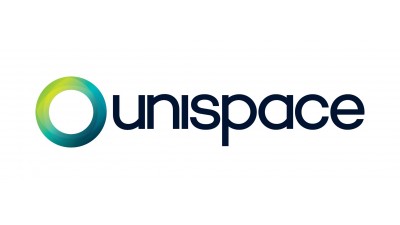Companies Looking For Office Design Tips Should Turn To Their HR Departments

Employee experience has become a key consideration in modern office design. In an effort to attract young professionals, retain older generations and support a collaborative environment, companies are looking to strike a balance between workplace trends and appealing to the needs of the entire team.
To figure out the preferences of their multigenerational staff, property and facilities managers have turned to the people who know their company culture the best: the human resources department. Globally, 80% of professionals surveyed believe HR will have greater ownership of the physical workspace in the future, according to research from Unispace.
The design company interviewed more than 100 HR directors worldwide to assess the role HR now plays in workplace design across categories like collaboration, productivity and access to technology.
The report showed that human resources managers have evolved beyond their perceived roles as rule enforcers into office curators. As the members of the team focused on recruiting and retaining talent, HR managers promote office wellness and craft corporate culture. Their proximity to employees offers valuable insight into the design of physical spaces.
The shift also comes as companies start to consider staff as customers, according to the report.
Physical office factors can impact job performance. Culture, employee engagement and collaboration are all affected by a change in the work environment. Employees need the appropriate spaces to complete specific tasks, whether that be adequate meeting areas or private nooks for heads-down concentration. Ninety-six percent of participants agreed that workplace design impacts both employee engagement and the overall company culture.
The report cited technology, reliable internet connectivity and access to colleagues, both in and out of the office, as crucial features of the workplace.

The report also revealed that the traditional notion of the office was an area that many participants viewed as relating to generational preferences. Older employees, for instance, prefer enclosed space for confidentiality reasons and management style.
Technology can get in the way of bridging the gap between millennials and baby boomers. Some companies have set up "reverse mentoring" to share knowledge with older employees. Catering to both sides prevents a loss of expertise, experience and passion from more senior team members.
Co-location of teams was also a recurring theme in the report, as was moving away from offices into more open, transparent environments. Open offices mean that more leaders are visible and are more likely to have those critical conversations with the people that work for them.
The Unispace report highlights the opportunity organizations have to realize strategic HR goals if they engage the people closest to the talent throughout the design process. To read more about the findings, click here.
To learn more about this Bisnow content partner, click here.

